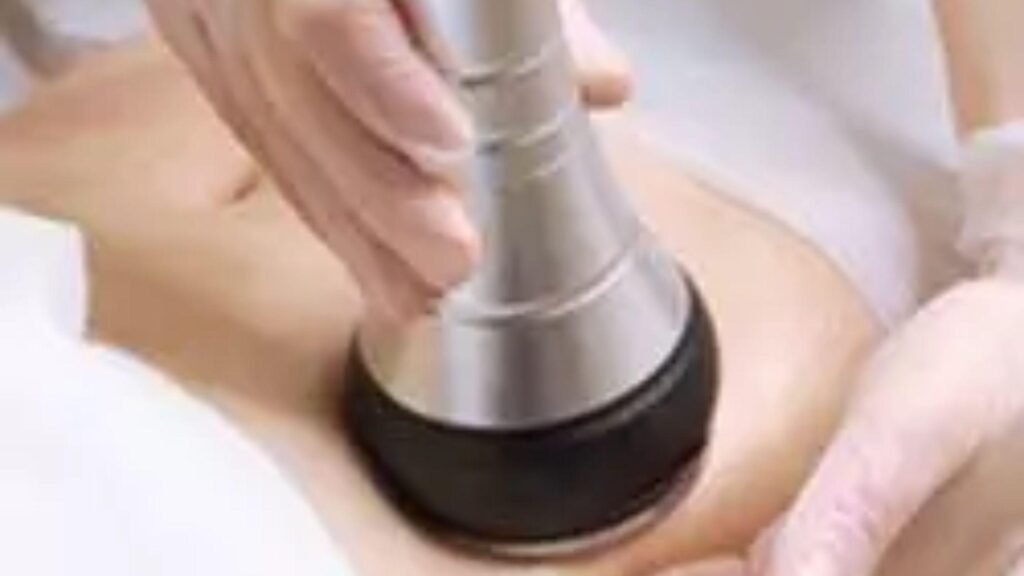Laser hair removal is a popular cosmetic procedure known for its effectiveness in achieving long-term hair reduction. While many people seek this treatment for its convenience and efficiency, concerns about pain and discomfort during the procedure are common. Understanding how to manage pain effectively from full body hair removal can enhance your overall experience and ensure you get the most out of your treatment.
Understanding the Pain Associated with Laser Hair Removal
Laser hair removal involves using concentrated light to target and destroy hair follicles, preventing future hair growth. The procedure can cause varying degrees of discomfort, often described as a sensation similar to a rubber band snapping against the skin. The level of pain experienced can depend on several factors, including:
- Treatment Area: Areas with more sensitive skin, such as the bikini line or underarms, may be more uncomfortable compared to less sensitive areas like the legs.
- Pain Threshold: Individuals have different pain tolerances, so what feels uncomfortable for one person might be manageable for another.
- Laser Type and Settings: Different lasers and settings can produce varying sensations. Advanced lasers often come with cooling features designed to reduce discomfort.
- Hair Type and Color: Darker, coarser hair tends to absorb more light energy, which can lead to increased discomfort compared to lighter, finer hair.
Pain Management Techniques
Here are several strategies to help manage and reduce pain during laser hair removal:
- Numbing Creams: Topical numbing creams can be applied to the treatment area before the procedure. These creams work by desensitizing the skin and can help minimize discomfort. It’s important to discuss with your practitioner about the suitability and application of numbing creams for your specific treatment.
- Cooling Devices: Many modern laser systems are equipped with built-in cooling mechanisms or can be paired with external cooling devices. These devices cool the skin before, during, and after the laser pulse, helping to reduce the sensation of heat and discomfort.
- Pain Relief Medication: Over-the-counter pain relievers, such as ibuprofen or acetaminophen, can be taken before your appointment to help alleviate discomfort. However, always consult with your healthcare provider before taking any medication to ensure it is safe and appropriate for you.
- Hydration and Skin Care: Keeping your skin well-hydrated and using gentle skincare products can improve its resilience and reduce sensitivity. Avoiding sun exposure and harsh products in the days leading up to your treatment can also help minimize discomfort.
- Adjusting Treatment Settings: Your practitioner can adjust the laser settings to accommodate your comfort level. Inform them if you’re experiencing significant discomfort so they can make adjustments to the intensity or duration of the laser pulses.
Post-Treatment Care to Manage Discomfort
After your laser hair removal session, you might experience some redness, swelling, or tenderness in the treated area. Proper post-treatment care is essential to minimize these effects and ensure a smooth recovery:
- Cool Compresses: Applying a cool compress to the treated area can help soothe the skin and reduce redness and swelling. Be sure to use a clean, soft cloth and avoid applying ice directly to the skin.
- Moisturizers and Soothing Gels: Use gentle, fragrance-free moisturizers or aloe vera gel to keep the skin hydrated and calm. Avoid products with alcohol or strong fragrances, as these can irritate the skin further.
- Avoid Sun Exposure: Protect the treated area from direct sun exposure for at least two weeks after your session. Use sunscreen with a high SPF to prevent pigmentation changes and irritation.
- Avoid Heat and Irritants: Steer clear of hot showers, saunas, and intense exercise immediately after treatment, as heat can exacerbate discomfort. Also, avoid using harsh exfoliants or skincare products that can irritate the skin.
- Follow Up with Your Practitioner: Attend any follow-up appointments and communicate any concerns or unusual reactions to your practitioner. They can provide guidance and address any issues that may arise during your recovery.
Knowing What to Expect
Being informed about what to expect during and after laser hair removal can help alleviate anxiety and prepare you for the procedure. Here are a few additional points to consider:
- Multiple Sessions Required: Laser hair removal typically requires several sessions to achieve optimal results, as hair grows in different cycles. The pain experienced in subsequent sessions may vary as the hair follicles are targeted at different stages of their growth cycle.
- Personalized Experience: Each individual’s experience with laser hair removal can differ based on their skin type, hair color, and sensitivity. Discussing your concerns and preferences with your practitioner can help tailor the treatment to your needs.
- Realistic Expectations: While laser hair removal can significantly reduce hair growth, it may not completely eliminate all hair. Understanding the potential outcomes can help manage expectations and contribute to a more positive experience.
Conclusion
Read Also: A Comprehensive Guide Hair Loss Shampoos
Pain management during laser hair removal is a key aspect of ensuring a comfortable and successful treatment experience. By employing pain relief techniques, maintaining proper post-treatment care, and understanding what to expect, you can minimize discomfort and make the most of your hair removal sessions. Consulting with a skilled practitioner and addressing any concerns beforehand will help you navigate the process smoothly and achieve the best results from your treatment.



I don’t think the title of your article matches the content lol. Just kidding, mainly because I had some doubts after reading the article.
Can you be more specific about the content of your article? After reading it, I still have some doubts. Hope you can help me.
Thank you for your sharing. I am worried that I lack creative ideas. It is your article that makes me full of hope. Thank you. But, I have a question, can you help me?